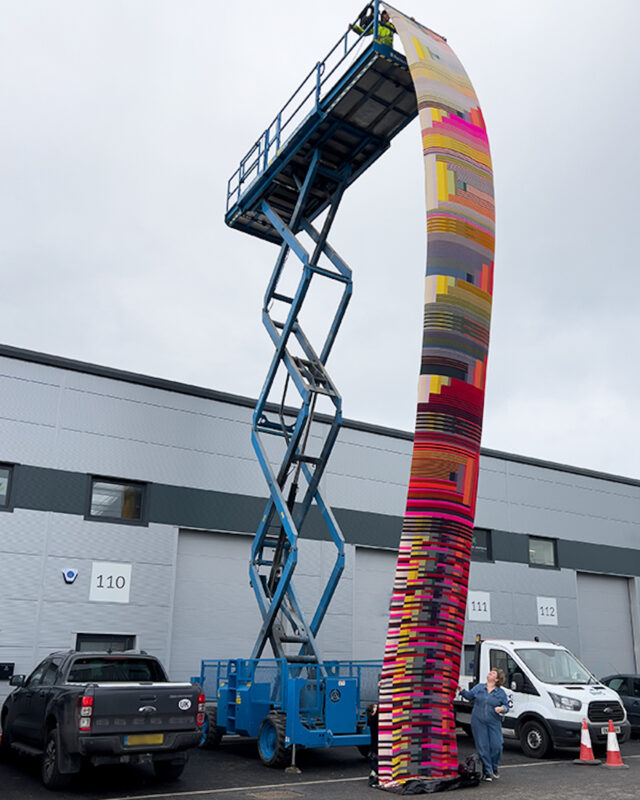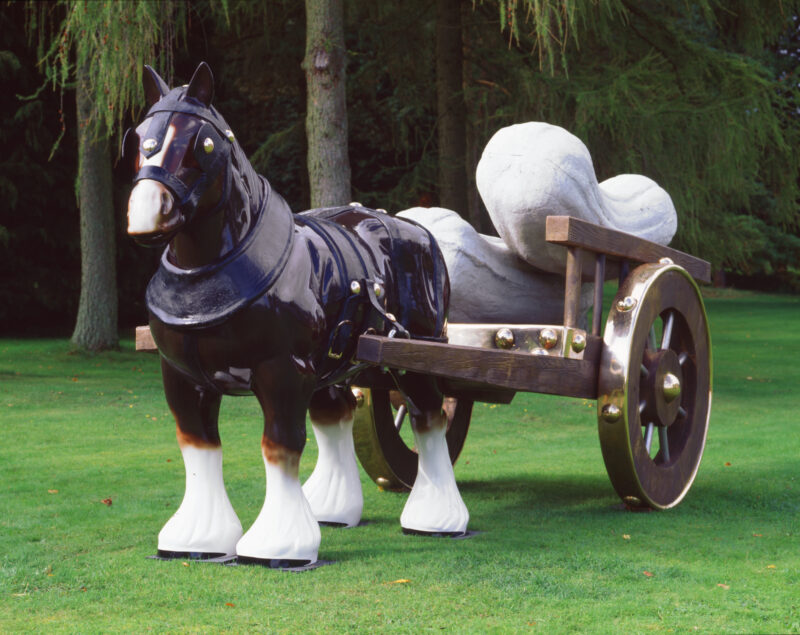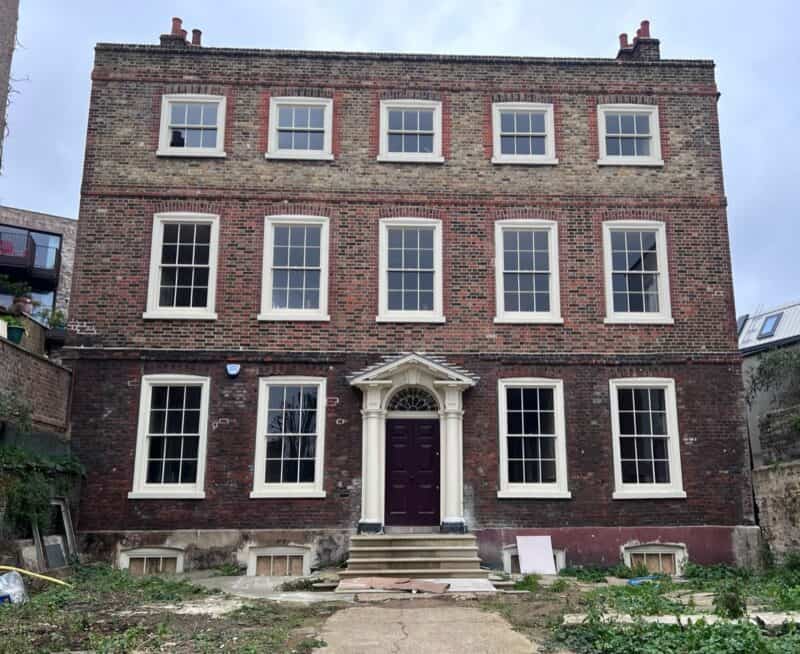
Discover an exciting new exhibition at Compton Verney, where remarkable contemporary and historic craft comes to life. Uniting artefacts from Woburn Abbey Collection, the Crafts Council, and Compton Verney, it’s a captivating celebration of materials and craftsmanship.
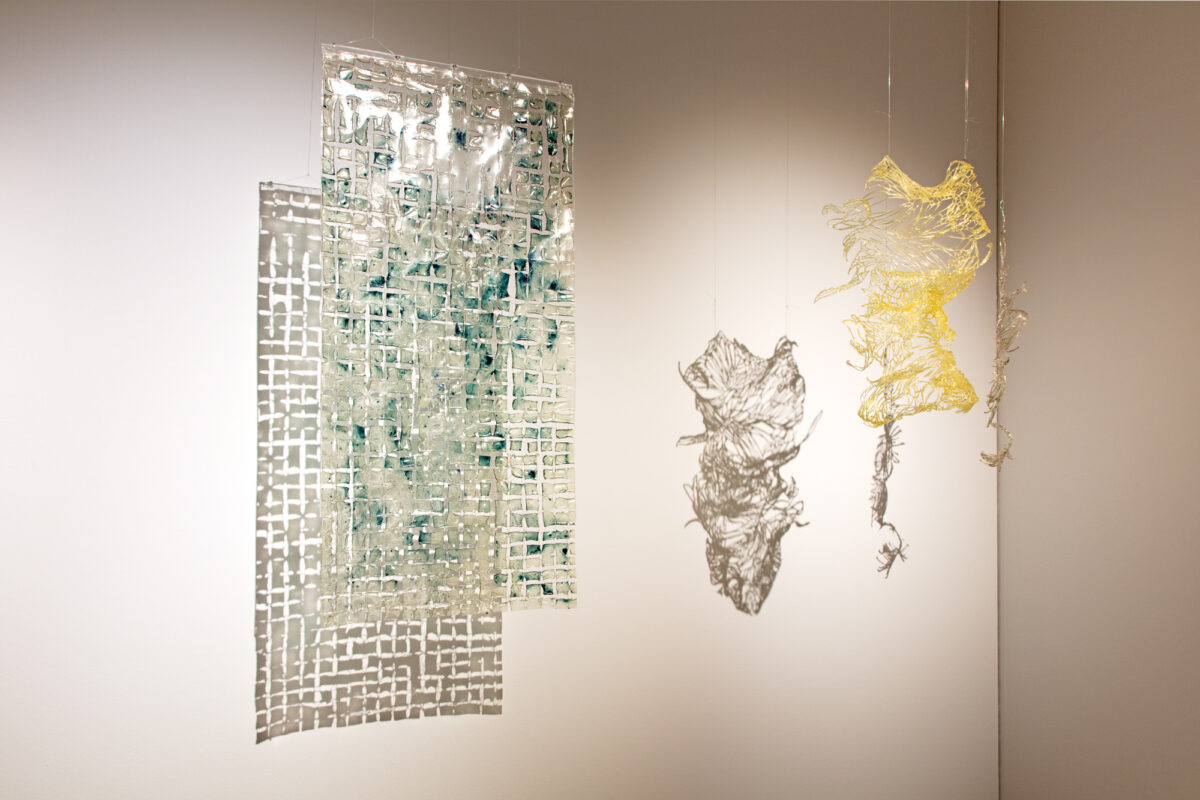
Taking place across both suites of temporary exhibition galleries at Compton Verney, the exhibition presents historic craft masterpieces from Woburn Abbey and Compton Verney alongside contemporary creations by some of the most exciting makers working today, many of which are being loaned for the first time, courtesy of the Crafts Council.

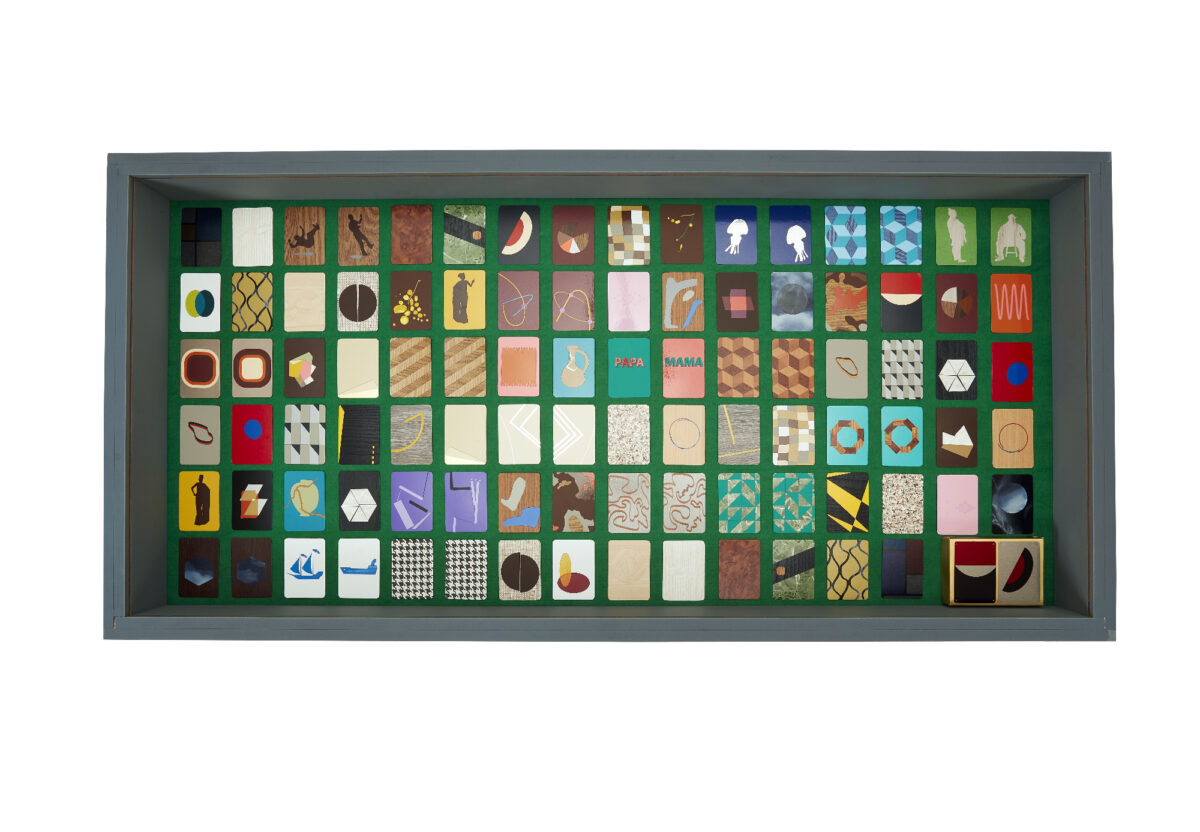
Works on display include ancient Chinese ceramics from Compton Verney’s internationally renowned Chinese collection, 18th-century Indian bed textiles from Woburn Abbey, painted silks by award-winning artist and designer Christian Ovonlen and glazed stoneware vessels by rising star ceramic artist Shawanda Corbett.
By displaying the historic in dialogue with the new, the exhibition uncovers the skilful craft processes, technical innovations and material properties of decorative objects across the ages, while also highlighting the environmental and ethical considerations around the use of natural materials.
Each gallery focuses on a different material group – textile, organic, metal, stone, clay and wood – providing a framework within which contemporary issues such as globalisation and colonial economies, social class and the importance of craft traditions in diverse cultures will be explored.
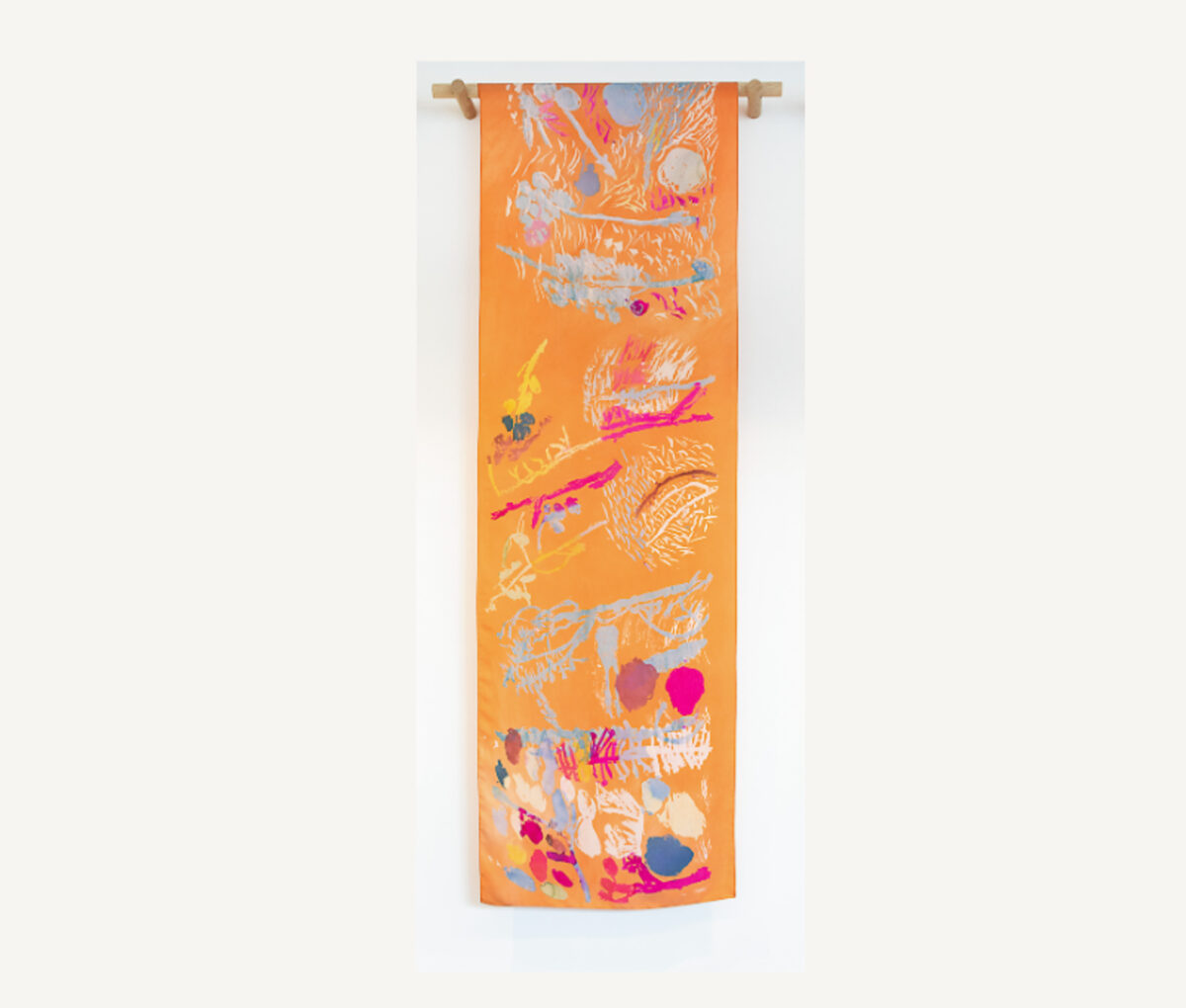
A highlight of History in the Making is the chance to see one of Woburn Abbey’s newly conserved Mortlake Tapestries. Dating from the 1660s, these huge wall hangings have been painstakingly conserved over a period of five years and can finally be revealed and enjoyed in their first public display since the work was completed. Inspired by Raphael’s cartoon (full-scale drawing) The Miraculous Draught of Fishes (about 1515-16, on loan to the V&A from His Majesty The King), originally commissioned by Pope Leo X for the Sistine Chapel, it shows two boats on the waters of lake Galilee. On the left Christ is seated, with the Apostles Peter and Andrew in astonishment before him, their boat full of miraculous fish.
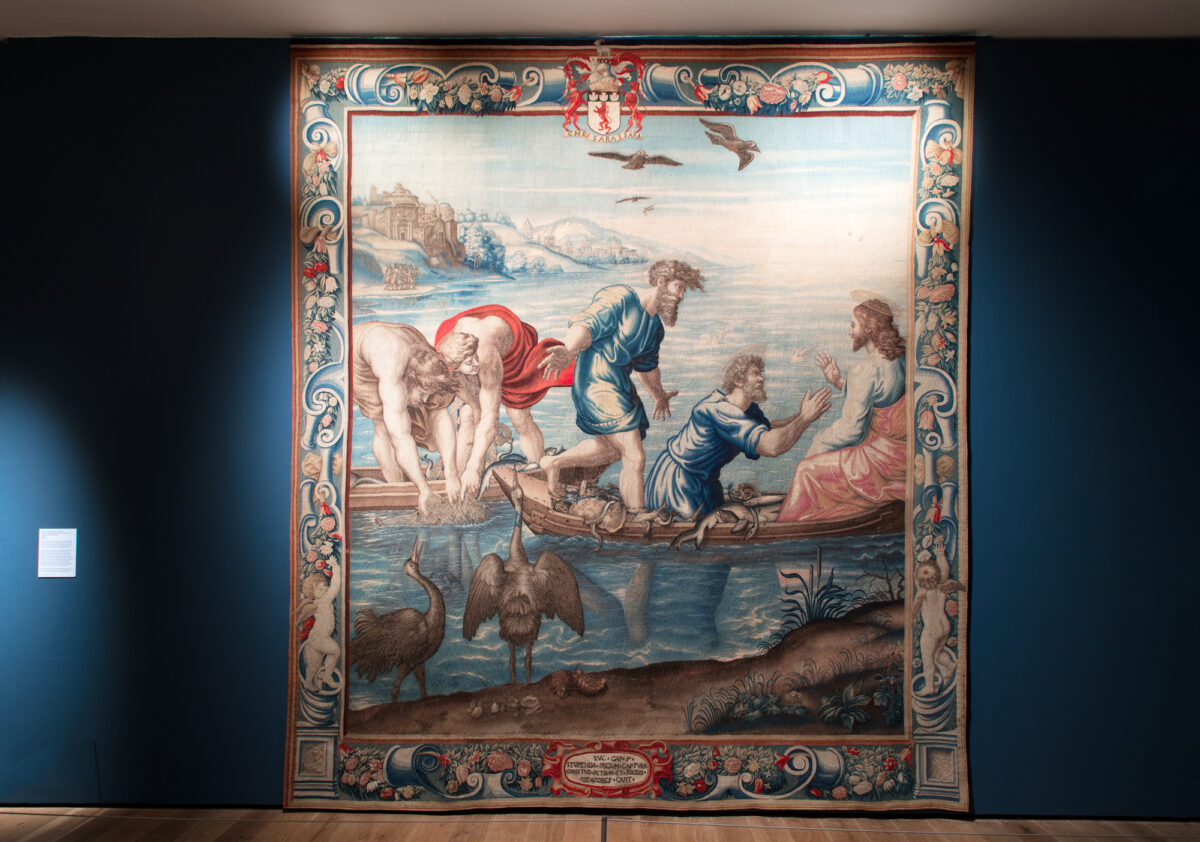
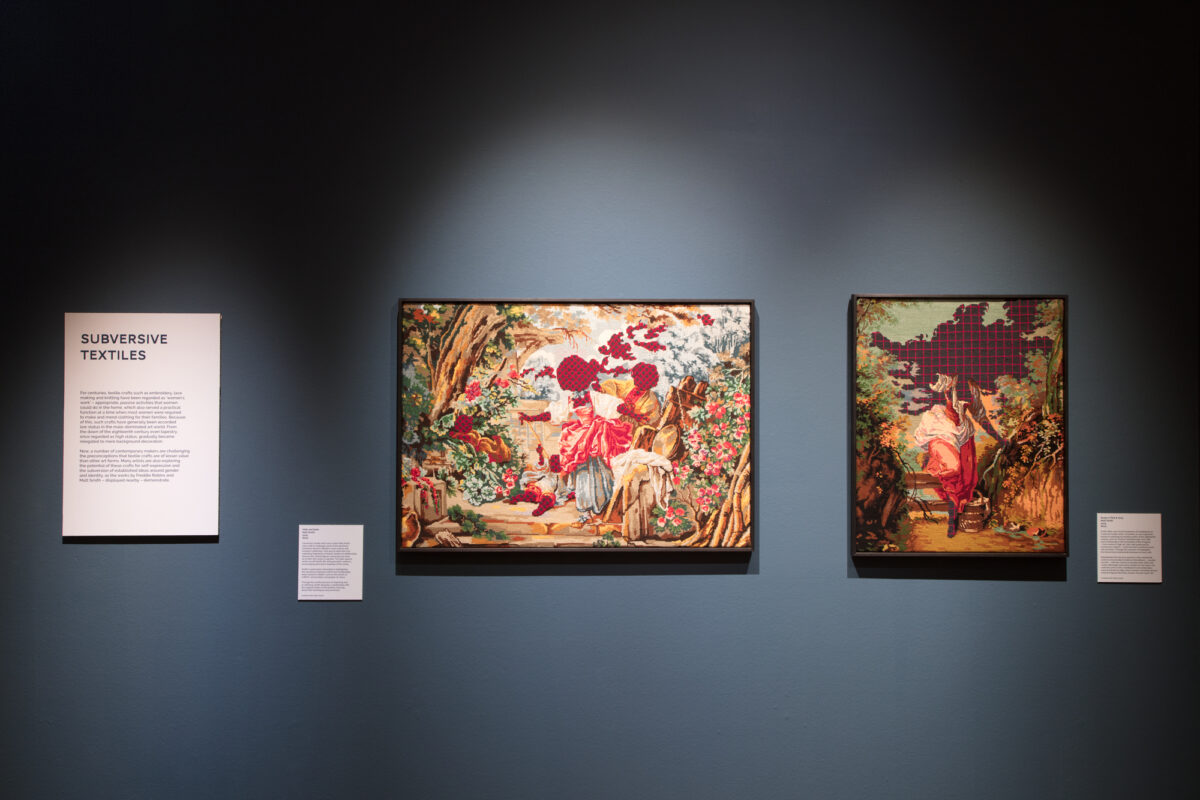
The Mortlake tapestry manufactory was established in 1619 in the village of Mortlake, West of London. Under Royal patronage the workshop was able to rival continental centres such as Brussels and Paris for high-quality textiles. The tapestry from Woburn Abbey will be displayed in a gallery with pieces by textile artist and ceramicist Matt J Smith, who has reworked vintage tapestries by unpicking and re-stitching elements – often faces – to illustrate how historical narratives are never objective accounts of truth, alluding to the marginalisation of queer people in society. His work often reshapes objects from their original uses to highlight marginalised points of view and hidden stories.

The exhibition also includes examples of the Sèvres dinner service given by Louis XV of France to the Duke and Duchess of Bedford in 1763. The Sèvres ceramics have provided an intriguing opportunity for the exhibition’s co-curator Hannah Obee, who is an expert on historic houses and collecting.
Hannah has delved into the iconic French manufacturer’s archives:
In the 18th-century, luxury porcelain was about enhancing the prestige and wealth of nations. The individuals who made it were not part of the narrative, unlike today. However, the Sèvres archives provide a rich resource of information, so we can now put names and sometimes faces to the objects they created. This will be a unique feature of the show at Compton Verney.
The exhibition also contains a set of bed textiles made in the 1750s in Gujarat, India.
Even now their colours are amazing and so vibrant,
observes Compton Verney Senior Curator Oli McCall.
The Bedford family had an agent in India who reported back to them about the people making them, who were all women. From these letters we gain valuable insights into the textile trade in the 18th-century, anticipating modern globalisation.
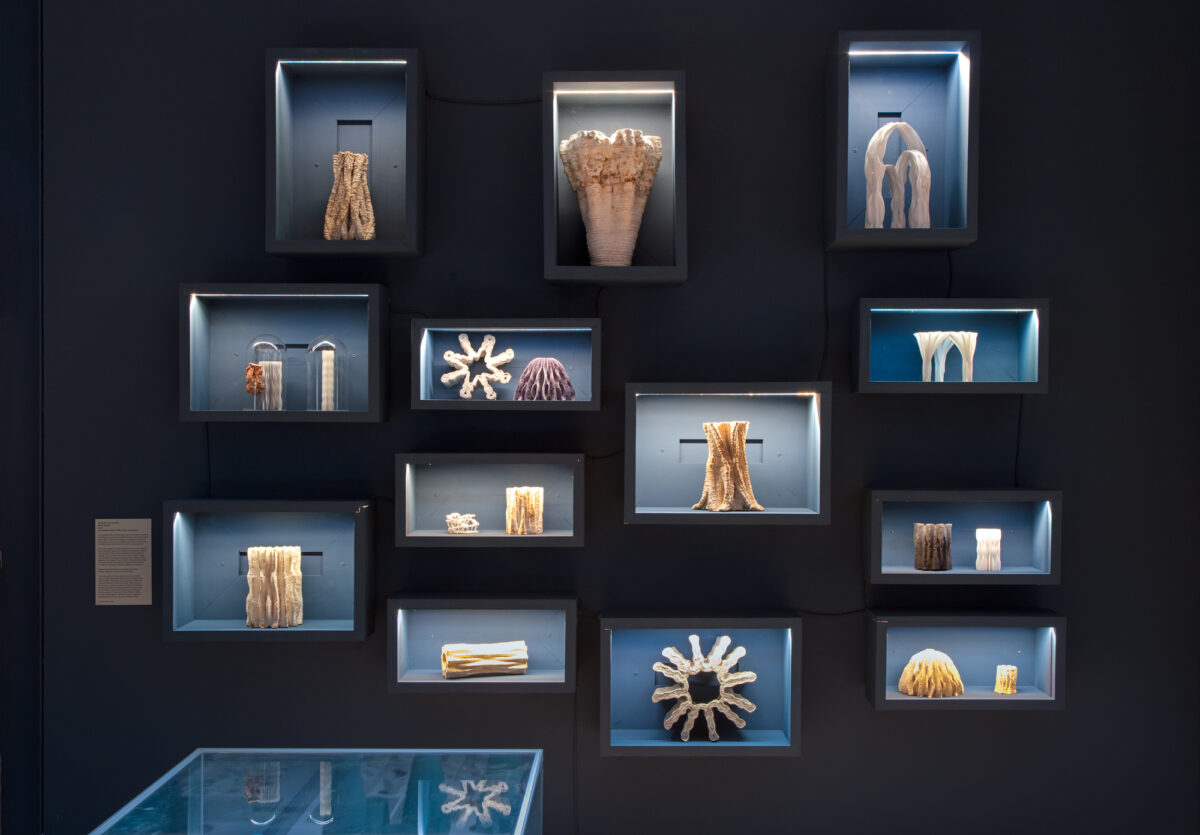
History in the Making also includes objects, once prized, but now seen as problematic, that are made from natural materials such as coral, tortoiseshell and ivory. McCall, Obee and their colleagues have decided to include several exhibits made from these resources, to reflect how makers at the time saw artistic and creative potential, without questioning the environmental damage that would be created because of huge demand for such items. To demonstrate this, History in the Making will showcase the work of contemporary makers who are sourcing sustainable materials for their work.
The display of historic silverware such as 18th-century candlesticks and tableware, acts as a reminder of the importance of human migration in the dissemination of craft expertise and techniques and the challenges faced by new arrivals. Huguenot silversmiths, for example, were members of the French Protestant faith who faced persecution in their homeland with over 50,000 Huguenots coming to Britain through the 16th to 18th-centuries. Their work and that of the people who made the Mortlake Tapestries, worked in the Sèvres factory and produced the Indian bed textiles are just a handful of examples of how Britain connected with the wider world.
The exhibition demonstrates and reminds us of this, whilst shining a spotlight on the things that people created for themselves as part of everyday life. Adi Toch’s 2020 print Precious Disposables, on loan from the Crafts Council, depicts a pair of the maker’s latex gloves covered in golden-hued brass dust. Made during the Coronavirus pandemic, the work invites us to think about how what is considered valuable shifts depending on social, political and environmental concerns.
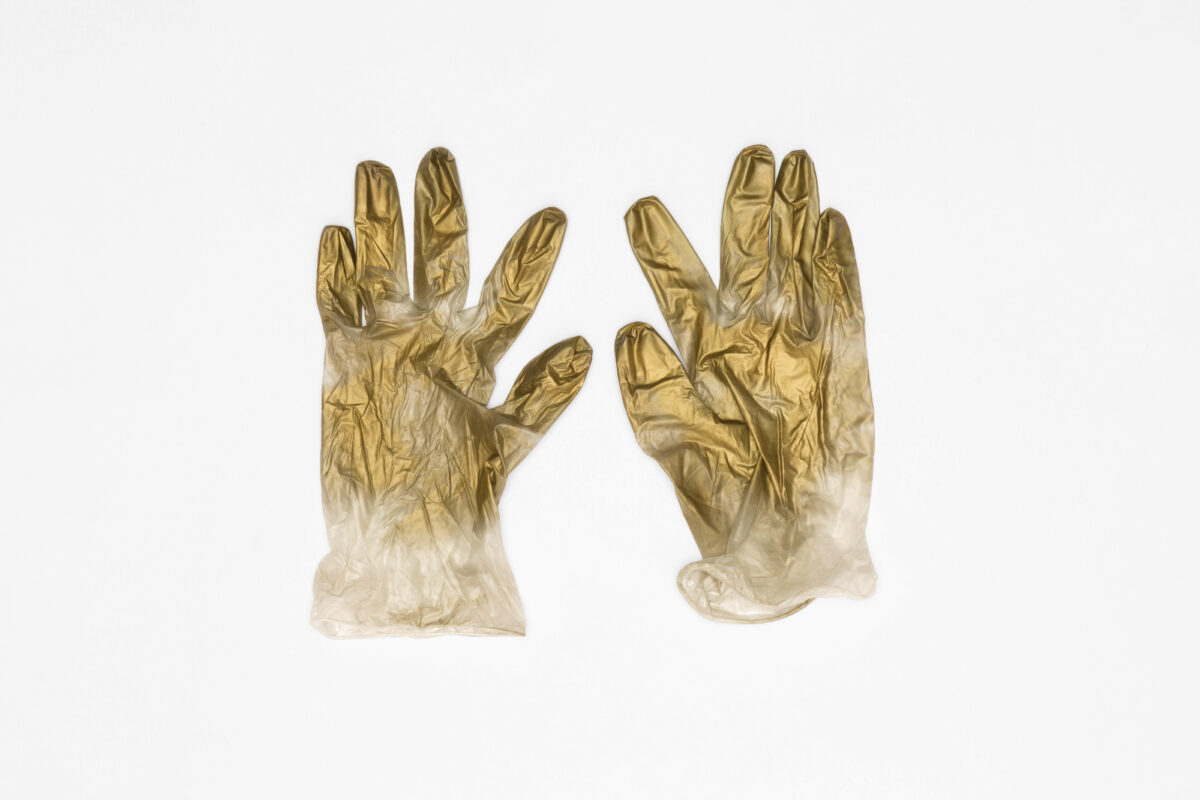
In the final room, pieces by some of the most exciting young makers working at the forefront of scientific and material innovation will be displayed, highlighting the environmental responsibility that has become a focus of contemporary craft practices proposing more planet-friendly materials and methods which can be used in the future. Diana Scherer uses plant roots to create ‘living fabrics’, which she fashions into wall hangings and framed works of art. Nicky James, meanwhile, makes garments in wool but has found a way to make them more resilient by mimicking strong structures found in nature, such as the giant squid beak. Other makers are using cutting-edge innovation to work with ‘leather’ made from mushrooms, and even using silkworm cocoons to create furniture.

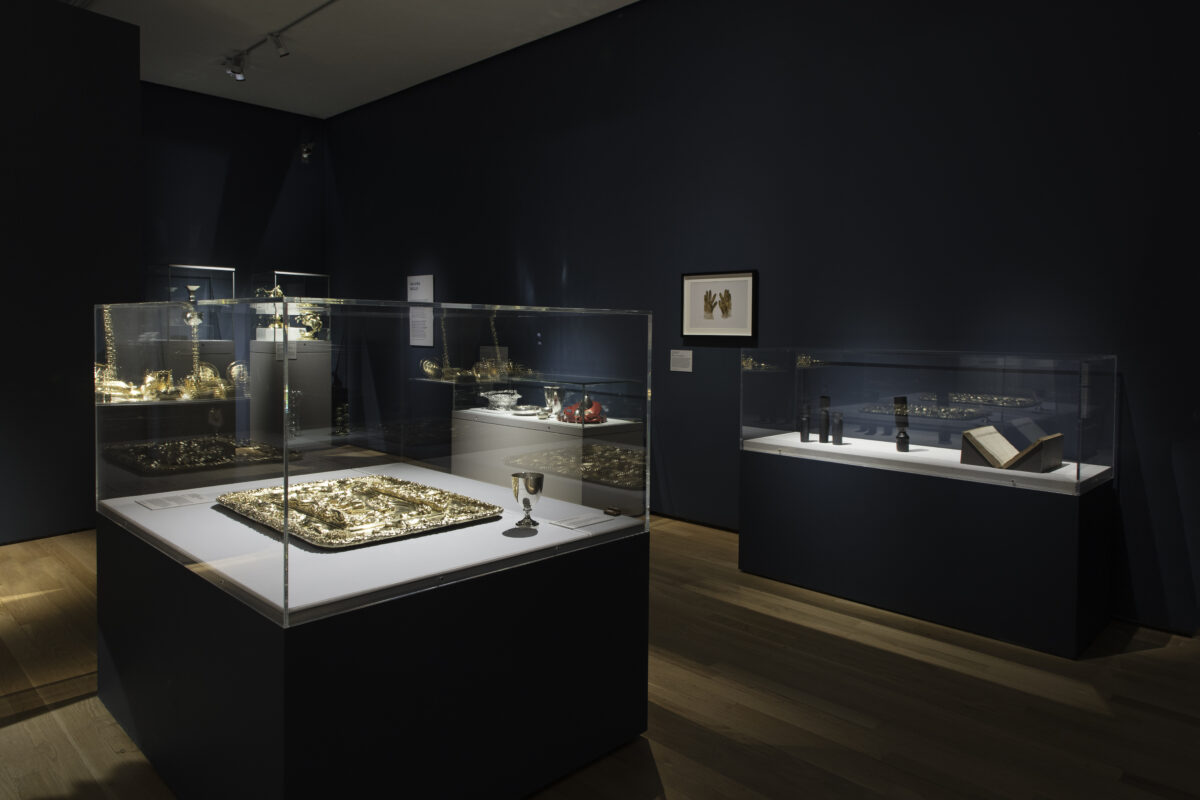
We are delighted to be able to collaborate with Woburn Abbey and the Crafts Council on this ambitious exhibition, which will give visitors a unique opportunity to explore outstanding examples of craft by many of the leading makers past and present and reflect on the universal importance of materials and making. This exhibition reflects the bringing together of the historic and contemporary to tell stories, which is something we aim to do across our creative programme at Compton Verney. Throughout the winter and into the start of 2024 we will be providing a host of hands-on craft workshops and activities where visitors can get creative and pick up new skills.
Geraldine Collinge, Director of Compton Verney
History in the Making: stories of materials and makers, 2000BC to now, 21st October 2023 – 11th February 2024, Compton Verney
About
Compton Verney is an extraordinary, unusual, creative experience. A place for the curious that inspires, delights, challenges and rejuvenates with an award-winning gallery based in a Grade I-listed Georgian mansion, amid 120 acres of Grade II-listed Lancelot ‘Capability’ Brown parkland in Warwickshire. We invite you to roam and discover all that we have to offer, including six permanent collections (Naples, Northern European Art 1450-1650, British Portraits, Chinese, British Folk Art & The Marx Lambert Collection) and a schedule of thought-provoking changing exhibitions and events, both indoors and out. Whether you’re after peace and tranquillity, or an uplifting creative experience – you’ll find it here. Compton Verney is an accredited museum and a registered charity. For more information, visit comptonverney.org.uk @Compton_Verney



